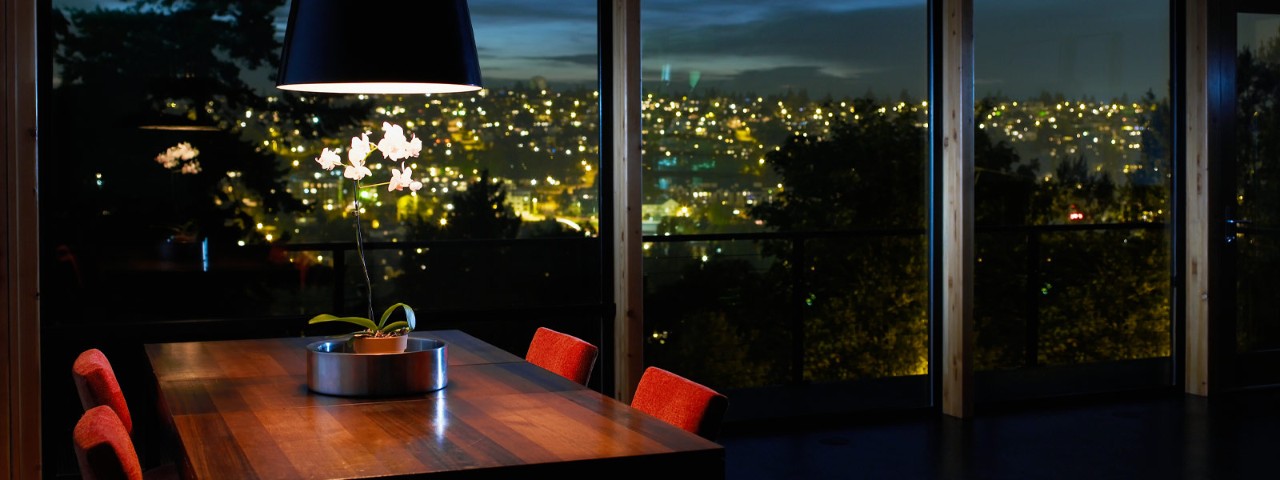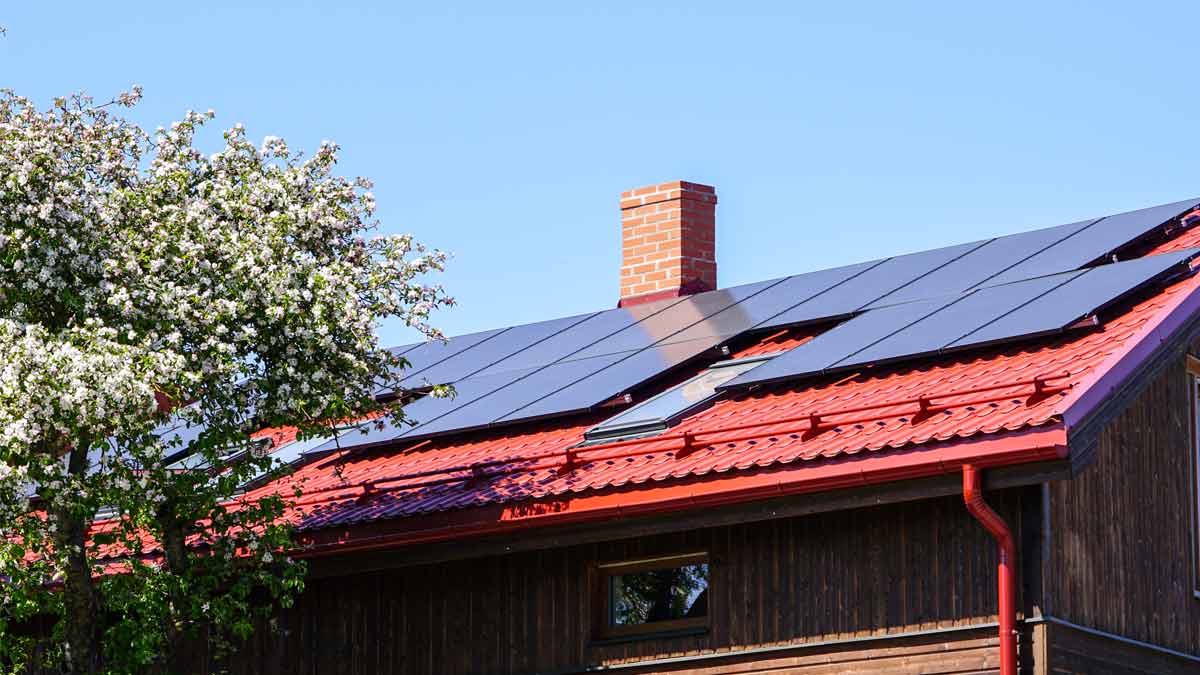Learn how Victorian households can reduce their bills and save money by installing smart home devices like lightbulbs, sprinklers and thermostats.
Victorians turning to battery storage as solar sales climb

A rise in battery sales for solar energy is showing more Victorians moving towards cleaner energy solutions.
Sales of solar systems that include battery storage have increased by almost 30 per cent in Victoria.
New data from RACV Solar reveals over the past two years battery storage sales have increased from five per cent of all systems, to more than 30 per cent of all new solar system installations. Victoria is now the second biggest installer of battery storage in the country, behind South Australia, according to industry analysts Sunwiz.
In the last 12 months, RACV Solar completed the installation of more than 1,300 new solar installations for both commercial and residential properties, including 2.4 megawatts of solar power at RACV resorts. “We have experienced significant growth and I couldn’t be prouder of the team. We’ve continued to help many Victorians with their solar and battery needs,” said RACV Solar CEO Andy McCarthy.
This year RACV has invested in major solar installation projects – including the Geelong Community Solar Program, Holmesglen Institute’s Moorabbin and Drummond Street (Chadstone) campuses, and the Narellan Town Shopping Centre project in New South Wales – to support the ongoing growth in solar in the community. This comes as solar energy and the uptake of battery power has been experiencing an unprecedented level of demand.
What has led the battery surge?
In 2019, RACV Solar sold just five per cent of solar energy systems with a battery. In 2021, more than 30 per cent of new sales now include a battery as part of their solar system, with the trend towards battery storage tipped to continue to grow.
But what is driving this desire for a new era of battery-powered homes and businesses?
The historic, and at times devastating, events of 2020 and 2021 have created a catalyst for a growing number of Victorians to examine their power use and supply. The storms and flash flooding that hit Victoria in June saw some areas including Gisborne, Dandenong Ranges and parts of Greater Melbourne without power for weeks on end, impacting some 220,000 homes and businesses.
“After extreme weather events, such as storms or fires that leave people without power for days or weeks at a time, we saw a trend and significant increase for the need for solar power and battery storage so people can keep their lights on,” says Mr McCarthy.
“Even after their mains are back on, people want to be self-sufficient when it comes to powering their homes.”
The COVID-19 pandemic and subsequent lockdowns have also forced millions of Victorians into their homes, impacting energy bills as home offices, Netflix and round-the-clock heating and cooling became the norm.

A growing number of Victorians are discovering the benefits of batteries. Image: Getty.
Who is driving this trend to batteries?
Data from RACV Solar shows a high demand across all variations of houses and locations for battery storage, with only a slightly higher proportion of batteries being installed in areas where the stability of electricity supply is a concern.
As the solar technologies used become more sophisticated and efficient, and subsidies make them more affordable, more and more people are deciding to add a battery to their solar systems.
A typical solar system of 6.6kW, can save the average home between $1100 and $1500 per year depending on factors including but not limited to energy usage profile, location, and the energy plan they are on. With solar feed-in tariffs continuing to decline in value, and the introduction of new time of use tariffs from August 1, owners of a battery can now continue to use their solar power when prices are high, rather than sending excess solar power back to the grid for reducing returns.


